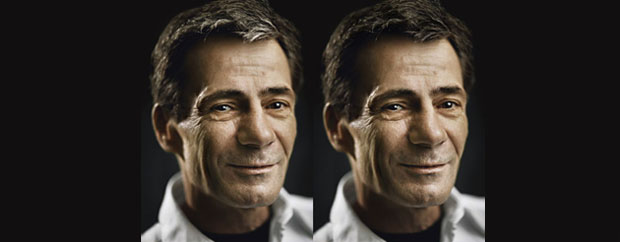Adobe has released a major update to Lightroom Classic in April 2023, version 12.3. This update introduces several new features and enhancements that make editing and managing your photos more efficient and powerful.
AI-Powered Denoise
One of the standout features in this release is the AI-powered Denoise tool, which efficiently removes noise from Bayer or X-Trans RAW images while preserving finer details. Users can access the Denoise tool from the Detail panel or the Enhance menu. The Denoise tool features an intensity slider to control the amount of noise reduction, and users can preview changes before processing the image. The enhanced image is saved as a new DNG file with an "Enhance-NR" badge for easy identification.
New Masking Features
The update also brings new masking features that allow users to automatically select facial hair, clothes, and more with the People mask. Additionally, Lightroom Classic now supports Curve in masking, allowing users to make precise local adjustments without affecting the rest of the image. Users can create and edit masks in the Develop module, making local adjustments with the Curve tool and local Histogram.
Quickly Identify Tools Used in Editing
In the Develop module, eye indicators have been added to all Edit panels, Healing, Redeye, and Masking tools. This makes it easy to track edits and tools used to quickly edit an image. Users can press and hold the eye indicator to temporarily hide the settings of a particular panel, instantly viewing changes made to an image. Holding the Alt or Option key reveals panel switches, allowing users to turn off or reset edits within panels.
Edit in Photoshop
The update also makes it easier to edit Lightroom Classic photos in Adobe Photoshop. Users can choose the version of Photoshop they want to use and open photos as Smart Objects or Smart Object Layers. Lightroom Classic automatically imports new photos saved in Photoshop into its catalog.
Support for New Cameras and Lenses
Lightroom Classic 12.3 adds support for new cameras and lenses, with full lists of supported profiles available in the Supported Camera Models and Supported Lens Profiles articles.
Other Enhancements
Additional improvements include enhanced scrolling performance in the Library module, mask names added to History steps when mask settings are changed, new Adaptive Presets for the Adaptive: Portrait group, and an updated embedded browser framework for Map and Web modules.
The April 2023 release of Lightroom Classic (version 12.3) brings powerful new features and enhancements, allowing users to make more precise edits, manage their images more efficiently, and seamlessly integrate with Adobe Photoshop.


